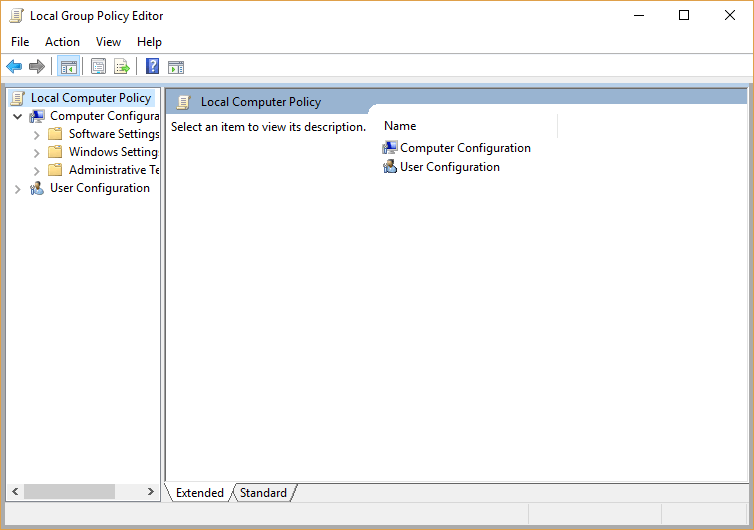

- #HOW TO ADD COMPATIBILITY VIEW ON MAC HOW TO#
- #HOW TO ADD COMPATIBILITY VIEW ON MAC INSTALL#
- #HOW TO ADD COMPATIBILITY VIEW ON MAC DOWNLOAD#
The first one we’ve already briefly covered above, so here’s a reminder:
#HOW TO ADD COMPATIBILITY VIEW ON MAC INSTALL#
Double click on a OTF or TTF file inside and click Install Font:īut how do I add fonts to my Mac manually, you ask? Well, you have two options. It is usually named after the title of the font you’ve saved.
#HOW TO ADD COMPATIBILITY VIEW ON MAC HOW TO#
Next, you need to know how to use downloaded fonts on Mac - go to the Downloads folder in Finder (if that’s your default place for downloads) and open the folder with your downloaded font.
#HOW TO ADD COMPATIBILITY VIEW ON MAC DOWNLOAD#
Click Download next to the font you like and wait for the pack to download on your Mac. To get a font from there, go to and browse fonts. One popular source of fonts that are often free for personal use is DaFont. Installing new fonts on your Mac using DaFont To add a font you’ve saved to a folder on your Mac, just click the + icon in the middle of the window bar and select the OTF, TTF, or other supported font file to install. That’s one way to download fonts on Macintosh. Click Download to install it:Ĭonfirm download and in a few moments the font will be installed. To install fonts on Mac through the built-in app Font Book, go to Finder > Applications and double click on the Font Book icon.īrowse the fonts on the list and select one of the greyed out fonts.

How to install fonts on a Mac using Font Book

Let’s see how to do this through Font Book, DaFont, Path Finder, or manually, and then move to figuring out how to best manage your collection, install fonts for individual accounts, enable or disable them, and more hands-on advice relating to adding fonts to Mac. Whether you are looking to purchase more fonts, add a custom font your company developed for your brand, expand your font collection with rare fonts you’ve found as a free for personal use or demo version, add language-specific fonts, or something else, you might find yourself in need of adding a font to your Mac. This lovely font editor is barely over 20 MB but it can actually help you create custom fonts yourself! It will take you a minute, or ten, to study a few tutorials and guides if you are a complete newbie like us, but in the end you will be able to make your very own font. Glyphs Mini is one app which allows you to create fonts from scratch as well as edit them. If you want a custom font for your company or brand, you can hire a designer to develop it for you or you can try your hand at doing it yourself, especially if you have the right background, knowledge, skills, and desire to take on a project like that. With designer tools, you can actually create your own fonts or edit them. Additionally, you can sample fonts through demos. There are also free fonts that are open to the public for personal use or are available in the public domain. You can also buy new fonts from third-parties - they may be a one-time purchase or via a font service subscription.

You can download additional fonts for your Mac from Apple, just open a built-in app Font Book and select the greyed out fonts to add them (more on that below). Advice on downloading fontsīefore you take your Mac and go installing fonts on it, here’s what you need to know. We will discuss macOS built-in app Font Book but also additional tools to help you up your font game and add a font to Mac quickly and with no fuss. Let’s see how to download fonts on Mac and install them. Get an ever-growing collection of troubleshooting apps.Įven if the default set of fonts on Mac is pretty extensive, there are plenty of situations when you need a new font added to your machine.


 0 kommentar(er)
0 kommentar(er)
